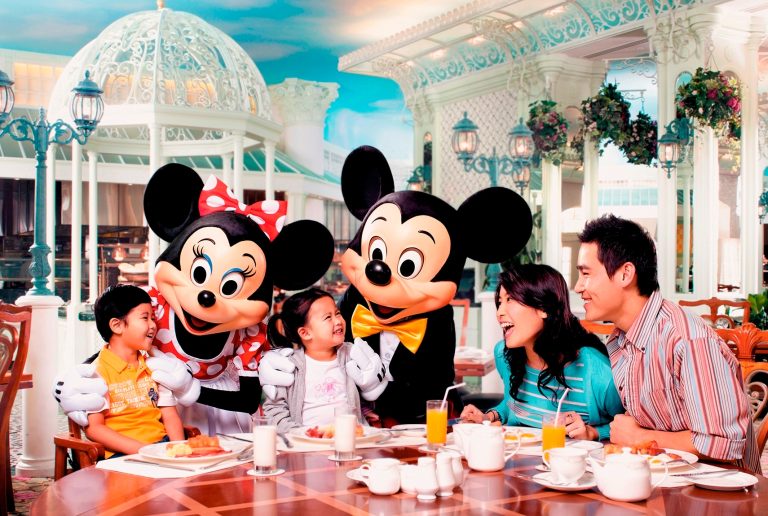In the bustling culinary landscape of Hong Kong, a recent viral video has thrust the challenges of all-you-can-eat dining into the spotlight. At The Aquatic Market in Tsuen Wan Plaza, a couple’s attempt to smuggle wagyu beef and seafood out of a hotpot buffet in a reusable bag was caught on camera, sparking a broader conversation about customer behavior and restaurant management.
Simon Wong Kit-lung, chairman of the LH Group, which operates similar buffet establishments, offers unique insights into these delicate situations. Through his experience, he’s witnessed a range of customer responses when caught breaking restaurant rules – from cooperative to confrontational. The recent incident, which ended with staff successfully retrieving the smuggled items, represents just one of many challenges faced by restaurateurs.

Wong’s approach to managing such incidents emphasizes communication and de-escalation. He recognizes that frontline staff are primarily service providers, not law enforcement officers. When rule violations occur, the strategy involves gentle persuasion rather than immediate punishment. For instance, while his company has policies about charging extra fees for food waste, these are rarely enforced, understanding that customers might simply misjudge their appetite.
The complexity of managing customer behavior goes beyond simple rule-breaking. In a 2023 case, Wong’s staff used CCTV footage to convince an elderly woman to return stolen items, demonstrating a nuanced approach to addressing misconduct. More critically, food theft raises serious food safety concerns. Wong pointedly questions how smuggled buffet items could be safely consumed at home, highlighting the potential health risks of improperly handled perishable foods.

Staff training emerges as a crucial element in navigating these challenging scenarios. When incidents escalate, there’s a carefully structured response: frontline employees handle initial interactions, with managers stepping in if needed, and senior executives called upon for more complex confrontations. Wong humorously notes his personal preference to avoid direct confrontations, joking about his lack of martial arts skills.

The viral nature of such incidents, amplified by social media, adds another layer of complexity to restaurant management. Each interaction becomes potentially public, requiring staff to balance firm policy enforcement with maintaining a welcoming dining environment. The goal is not to punish but to understand and guide customer behavior.

This delicate balance reflects broader challenges in the hospitality industry. All-you-can-eat dining remains popular in Hong Kong, but it requires constant adaptation. Restaurateurs like Wong must create systems that protect their business while ensuring customer satisfaction. The approach is less about strict rules and more about creating an environment of mutual respect and understanding.
The incident at The Aquatic Market serves as a microcosm of these larger challenges. It’s not just about a couple attempting to smuggle beef and seafood, but about the intricate dance between customer expectations, restaurant policies, and the human elements of service. As dining experiences continue to evolve, so too must the strategies for managing them.
Ultimately, the story is less about catching rule-breakers and more about creating a dining culture that respects both the customer and the establishment. Through communication, empathy, and strategic management, restaurants can transform potential conflicts into opportunities for better service and understanding.









